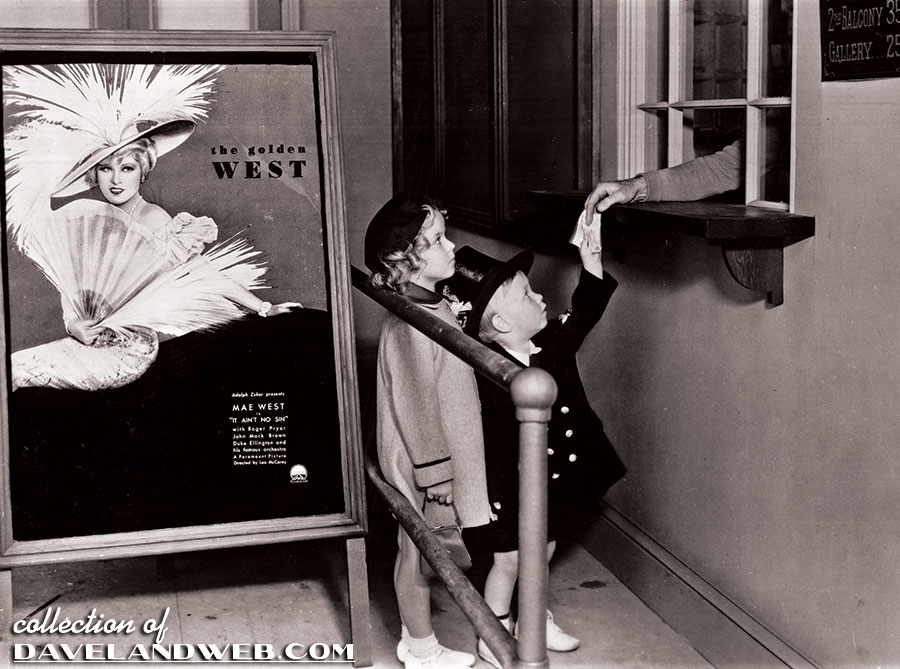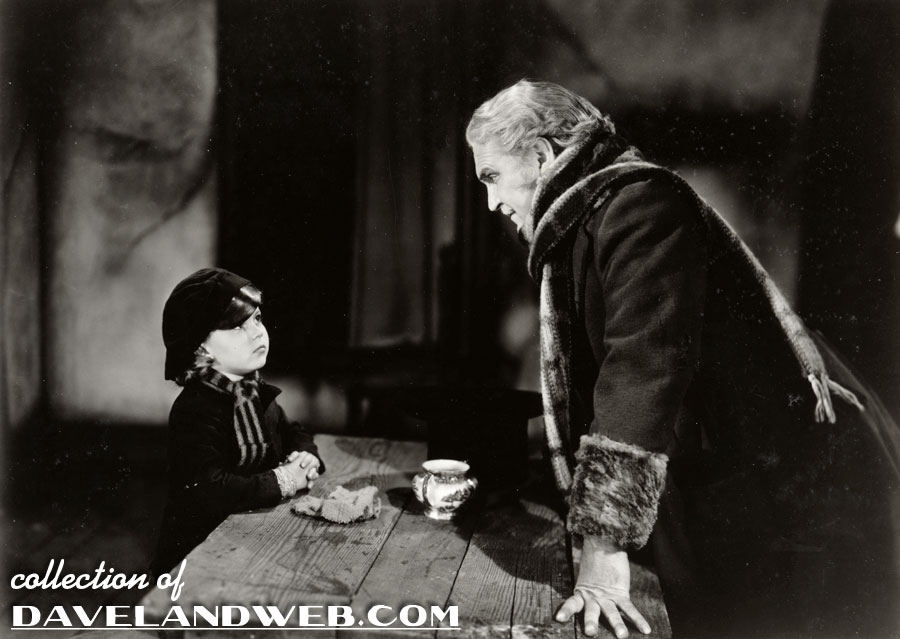
It would appear that Shirley Temple and W.C. Fields ALMOST starred together three times, but sadly, nothing of those attempts came to fruition. Today’s post gives what information I could dig up on the subject.
1. It’s A Gift (1934) appears to be the first opportunity for Shirley and Fields. Released by Paramount on November 30, 1934, the production for the film occurred between September 4 and October 12, 1934; production on Paramount’s “Now and Forever” with Shirley wrapped up on August 29, so the timing would have been about right. The way I first heard about this was by listening to the commentary on the recently released Kino Lorber blu-ray for “It’s A Gift,” by film historian James L. Neibaur where he reveals this:
Fields originally wanted two daughters, and he even suggested Shirley Temple for the younger child’s role, but they eventually decided on a son, played by Tommy Bupp.
.jpg)
Above, Kathleen Howard is shown playing Field’s wife in “It’s A Gift,” alongside Tommy Bupp and Jean Rouverol as their kids. I bought Neibaur’s book on Fields to see if he cited a source or gave any more information about the potential casting of Shirley, but nada, zip, zilcho. In the excellent James Curtis biography on Fields, the author describes that “It’s A Gift” was based on a silent film called “The Comic Supplement.”
Fields went to work massaging “The Supplement” into a new eleven-page story outline to which he affixed the title “Back Porch.” “The opening scene is in a grocery store,” he began, laying the groundwork. “I own the store. I have a wife and a young daughter, about 17 years of age (Joan Marsh type) and a younger daughter (about the age of Shirley Temple). A little boy is never so funny with me as a little girl. I can’t explain very well why. The little girl is annoying the father all the way through, and the wife is the type that is bullying me all the time.”…Next came the “Back Porch” scene, which he thought “really was awful” in the first film. “This is where a baby works. I feel Shirley Temple wouldn’t hit me over the head. She’s a little too old, but a baby would. So have Baby LeRoy in this sequence.”
Curtis’ book also never mentions how far the casting of Shirley got or why the character was changed. While at Paramount, Shirley did a number of promotional shots with Baby LeRoy, perhaps in anticipation of her being featured with him in a Fields movie. Here she is in costume for her first Paramount feature, “Little Miss Marker” with Baby LeRoy and director Alexander Hall:

In a staged publicity shot for a story about the two kids going on a “date,” the studio naturally promoted another one of their stars, Mae West, by using an a-frame for her film “It Ain’t No Sin” in the photo.


2. Dimples (1936) The American Film Institute website tells us that Fields and Temple ALMOST teamed up for this 20th Century-Fox production. The following cast suggestions were listed in material in the Fox Produced Scripts Collection: W. C. Fields as “Professor Eustace Appleby”; Edna May Oliver as “Mrs. Caroline Drew”; Michael Whalen as “Allen Drew”; Claude Gillingwater as “Colonel Loring”; Warren Hymer as “Patrolman”; and Borrah Minevitch and His Gang. A December 1935 Hollywood Reporter news item states Fox was negotiating with Paramount to borrow Fields. What happened to those negotiations is unknown.

Frank Morgan ended up with the role, just as he did with…
3. The Wizard of Oz (1939) There are many famous stories about how Shirley Temple almost got the part of Dorothy in this classic children’s tale. “Almost” is stretching it. 20th Century-Fox’s Darryl Zanuck never approved a trade of his studio’s biggest moneymaker, and the creative team behind “The Wizard of Oz” always favored Judy Garland, so Shirley’s casting in the film never really amounted to much. On the other hand, Fields came very close to playing the parts of Professor Marvel and The Wizard. Curtis’ book gives us this information:
Across town, just two days prior to Fields’ calamitous Chase & Sanborn broadcast [June 5, 1938], the purchase of “The Wizard of Oz” was finalized by M.G.M.…plans were to shoot the film with Judy Garland as Dorothy and Ed Wynn in the title role. Wynn was the choice of producer Mervyn LeRoy, who was making his first picture for MGM, but Arthur Freed, LeRoy’s assistant, and E.Y. “Yip” Harburg, the lyricist, both wanted Fields for the part.…With the abrogation of his Paramount contract, it was a job Fields was perfectly amenable to doing.…The screenwriting team of Florence Ryerson and Edgar Allen Woolf had already expanded the role for a player of Fields’ stature, creating a real-world counterpart for the Wizard in the person of Professor Marvel. Actor Frank Morgan was on their minds when they first broached the idea of adding the Professor, an old medicine man, tot he film, but by the time their first revision of the script was delivered, on June 13, 1938, Marvel had taken on a dwarf assistant and the Professor spoke with a distinctly Fieldsian bravado. Fields began making notes on how he would play the character—brief scribbles on random bits of paper, carefully tethered together and typed by Magda Michael. He envisioned Marvel as an old con man working “the fortune telling racket like they do in Chicago” and sleeping on park benches. Among the ideas: Oiling the Tin Man’s joints • When F. sees the lion—“My gosh, that’s wonderful, he even smells like a lion.” • Someone says, “I want to light a cigarette—put the cyclone machine in reverse.” • Re cyclone: Tell about the big wind in Ireland. It blew a cow up against the side of a barn and he stick there and starved to death. • When Prof. Marvel is telling Dorothy’s fortune (aside): “Yes, your aunt wants you back. She wants to put you in moving pictures like Shirley Temple.”

In the meantime, Fields signed a contract with Universal, allowing him to do an original story (“You Can’t Cheat an Honest Man”).
At first, Fields thought he could work “The Wizard of Oz” into his schedule—Yip Harburg had written the Wizard’s climactic speech with him in mind—but now he was, apart from Deanna Durbin, the biggest star on the Universal lot, and no time would be lost in announcing his engagement. After pained exchanges over conflicting dates—both pictures were set to start in October—Fields reluctantly withdrew from “The Wizard of Oz,” relinquishing the part to Frank Morgan.
In hindsight, Morgan was a much better choice. He made his characters memorable, but they didn’t overshadow Garland’s performance. In addition, there is a tenderness to Morgan’s performance that would have been lacking if Fields had played the role instead.

In that wonderful alternate universe, it would have been interesting to see Temple and Fields together in a film. I have a feeling that the chemistry would have been off the charts!
See more Classic Movie and TV photos at my main website.

No comments:
Post a Comment